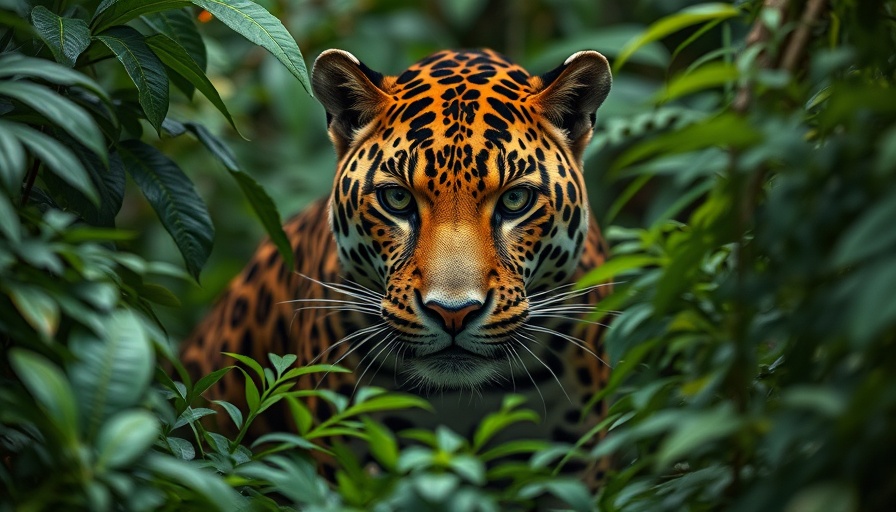
The Allure of the Pantanal: A Conservation Success Story
The Pantanal, the world's largest tropical wetland, stretches across Brazil, Paraguay, and Bolivia. Once regarded as a harsh wilderness full of venomous snakes and giant caimans, it has transformed into a premier ecotourism destination. This shift has been particularly beneficial for the elusive jaguar (Panthera onca), which has seen its populations thrive as conservationists and locals promote their sightings as a tourist draw. For guides like Oscar de Morais, who has welcomed tourists aboard his boat for over two decades, each sighting brings joy and a sense of purpose.
Tourism’s Double-Edged Sword
As the ecotourism boom took off, the Jaguar tour industry flourished. According to Mario Haberfeld, founder of the ecotourism agency Onçafari, sightings shot up from a mere three in 2009 to over 1,000 annually by 2023. While this surge in interest has turned the jaguar into a symbol of wildlife conservation success, it poses a unique challenge. With increasing tourist numbers, overcrowding has become a pressing issue, raising concerns over both the jaguar's well-being and the quality of the tourist experience.
Impact on Jaguar Behavior
Imagine being a majestic jaguar, your territory suddenly invaded by boats bustling with enthusiastic tourists eager for a glimpse. Fernando Tortato of Panthera notes how habitats can become stressed due to the sheer volume of tourist boats. Jaguars rely on vast territories for hunting, and disturbances can disrupt their natural behaviors. Reports are already being made by visitors who struggle to get clear views of these magnificent creatures amidst the clamor of competing boats.
Finding Balance Between Tourism and Conservation
As the Pantanal showcases the fine line between conservation and commercial interest, it's important to consider how to balance tourism while protecting the jaguar's habitat. Conservationists advocate for regulated tourist access, focusing on enlightening visitors about sustainable practices that ensure both enjoyment and preservation. Efforts to maintain jaguar habitats, while promoting responsible viewing practices, are paramount to the success of both tourism and wildlife conservation.
What the Future Holds
For now, the critical question is: How do we sustain this success without compromising the very wildlife that attracts visitors? The prominence of ecotourism in the Pantanal could either provide the funding and incentives needed for conservation or become a detriment through overuse. It’s up to collective efforts from conservationists, ranchers, and the tourism industry to chart a righteous course for preserving this unique ecosystem for generations to enjoy.
In this enthralling intersection of wildlife and ecotourism, it becomes clear. The jaguars of the Pantanal deserve our continued appreciation and protection. As tourists traverse these wetlands, let’s hope they remember their remarkable purpose—to respect and preserve this breathtaking wilderness.
 Add Row
Add Row  Add
Add 




Write A Comment